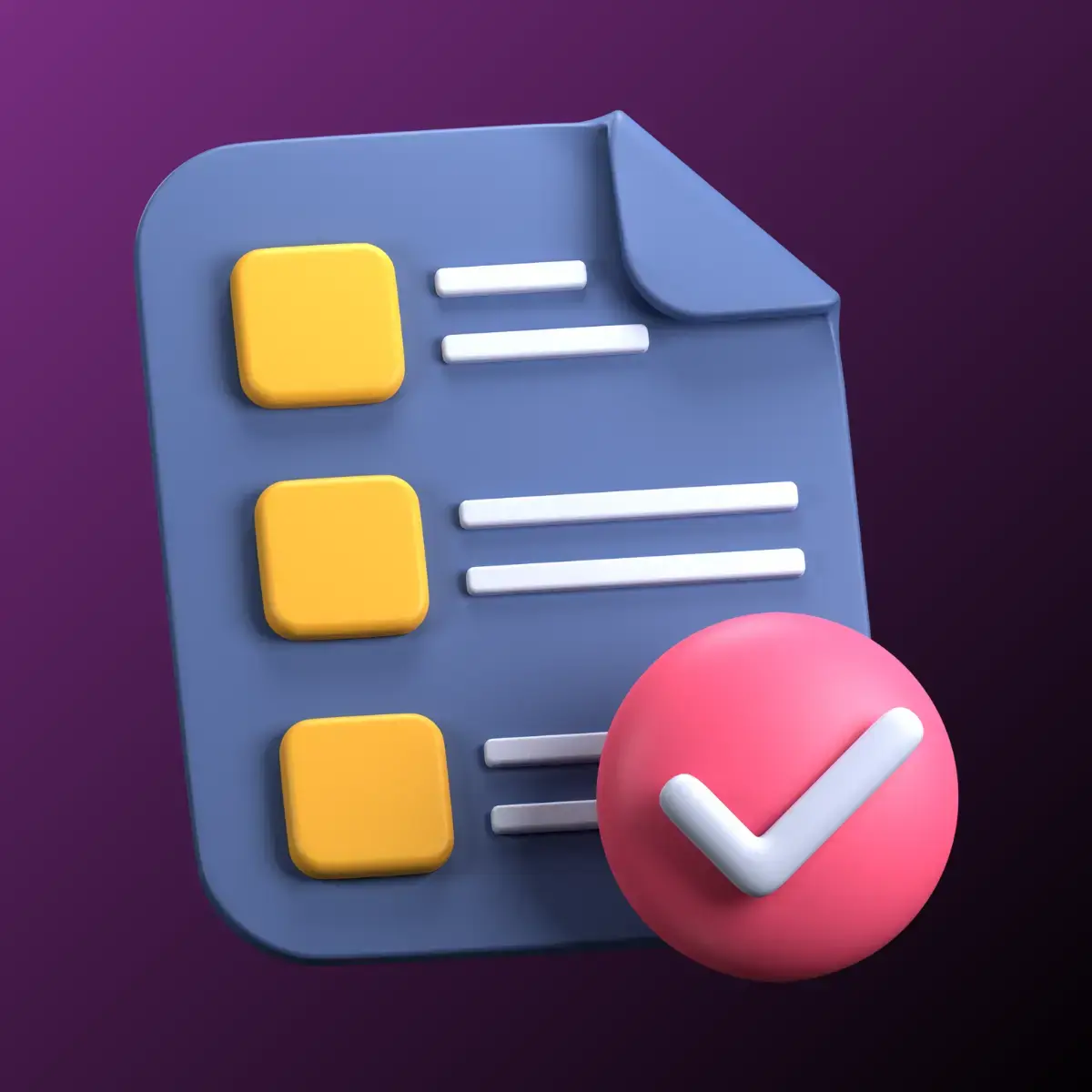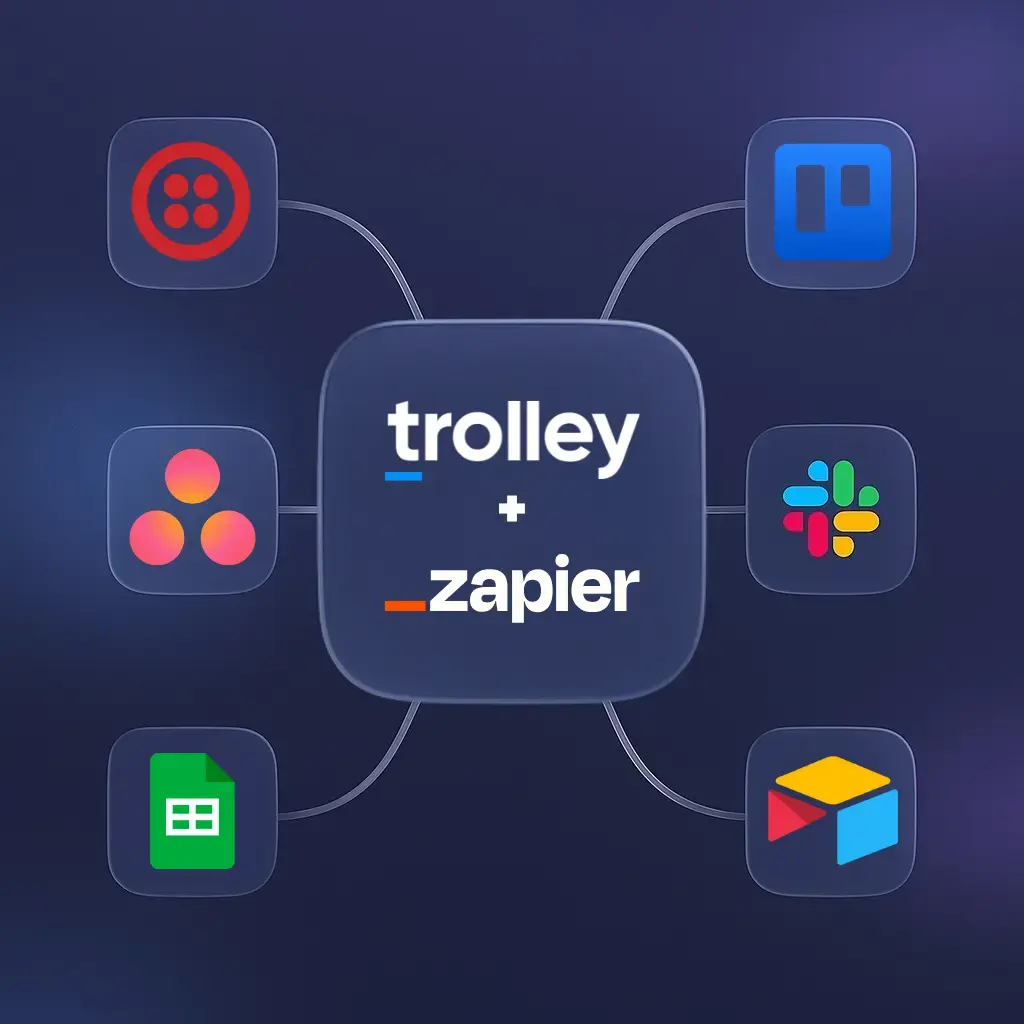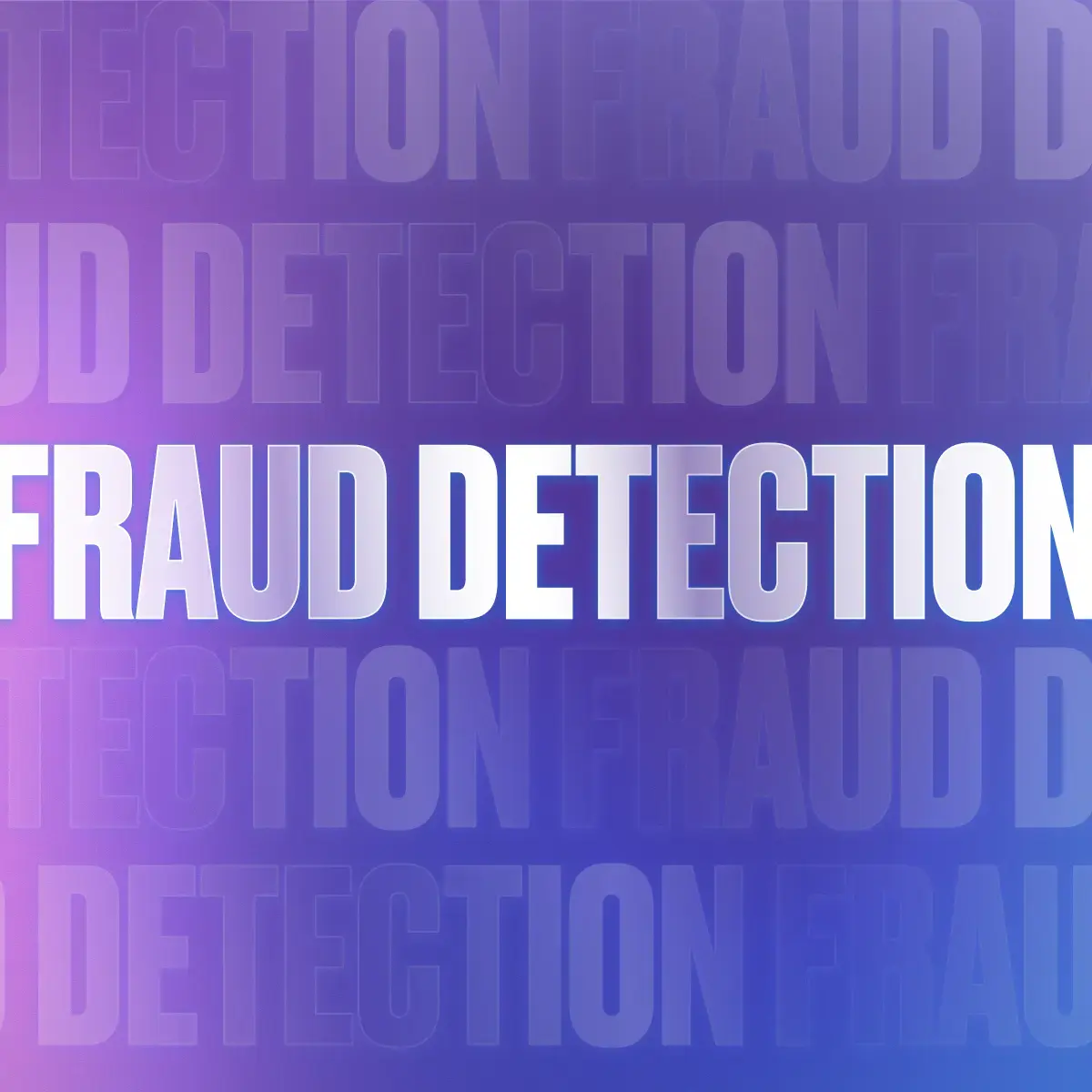Businesses paying foreign individuals and entities must report these payments and any withholding to the IRS using Form 1042-S. This article will walk you through the basics of this form, including what to do after filing and how to handle any post-filing errors.
Form 1042-S, Foreign Person’s U.S. Source Income Subject to Withholding is an annual tax form used by the United States Internal Revenue Service (IRS) to report payments made to foreign persons. This form aims to ensure compliance with U.S. tax laws and withhold taxes on income earned by non-resident aliens or foreign companies.
In this guide, we’ll go through what businesses need to do after filing Form 1042-S, who needs to receive a copy of the form, and what to do if there are any errors or changes that need to be made.
What we cover
- What is Form 1042-S?
- Who must file Form 1042-S?
- Who receives a copy of a 1042-S?
- When does a business need to file Form 1042-S?
- What is the difference between Form 1042 and Form 1042-S?
- What happens after filing Form 1042-S?
- Do recipients need to report a 1042-S?
- What if a recipient notes errors on their 1042-S?
- What should the payee do with their copy of a filed 1042-S?
- Choose Trolley for your 1042-S tax reporting needs
What is Form 1042-S?
Form 1042-S is an IRS tax form used to report payments made to foreign persons or entities. These payments could include wages, rents, royalties, or other types of income earned in the U.S. It is important for businesses to accurately report these payments and withhold the appropriate amount of taxes.
The personal details on the form are provided by the payee when they complete Forms W-8 BEN or W-8 BEN-E, including their name, address, and tax identification number. The payer (withholding agent) uses these details and the payment and withholding information they have been tracking throughout the year to report this through Form 1042-S.
Who must file Form 1042-S?
Any business that has made payments to non-resident aliens or foreign companies subject to withholding tax during the tax year must file Form 1042-S with the IRS. This includes all types of income, such as wages, scholarships, royalties, and dividends.
A separate Form 1042-S must be filed for:
- Each recipient of income (regardless of whether tax was withheld)
- Each tax rate
- Each specific type of income
Payments made to foreign persons or entities are subject to withholding taxes, which are then reported on Form 1042-S. This form is also used to report any tax treaty benefits that may apply, reducing the amount of taxes owed by the recipient.
Even if a business has not withheld any taxes on these payments due to a tax treaty with the recipient’s country, they are still required to file Form 1042-S.
Who receives a copy of a 1042-S?
Generally, any recipient who received income subject to withholding tax from a business will receive a copy of Form 1042-S. This includes non-resident aliens, foreign companies, and even individuals or entities exempt from taxation.
If there is more than one recipient for a particular type of income, each must receive their own Form 1042-S.
When does a business need to file Form 1042-S?
A business must file Form 1042-S if it has made payments of U.S. source income to non-resident aliens or foreign companies during the previous tax year. This includes payments for services performed in the U.S., as well as income from investments or real estate located in the U.S.
The submission deadline for Form 1042-S is generally March 15th, although an extension may be requested. It is important to file this form on time to avoid any penalties or interest charges.
What is the difference between Form 1042 and Form 1042-S?
Both Form 1042 and 1042-S are related to the taxation of foreign persons or companies. However, they serve different purposes.
- Form 1042: Used by withholding agents to report a summary of all payments made to all foreign persons subject to withholding tax. This includes both U.S. source income and income effectively connected with a U.S. trade or business.
- Form 1042-S: Used specifically for reporting income subject to withholding that was paid to individual non-resident aliens or foreign companies. This form also reports any tax treaty benefits claimed by the recipient.
The difference between the two forms lies in who receives them and the information they contain. While Form 1042 is filed with the IRS, Form 1042-S is provided to both the recipient of the income and the IRS.
It is important for businesses to accurately file both forms to ensure compliance with U.S. tax laws.
What happens after filing Form 1042-S?
After filing Form 1042-S, businesses must provide a copy of the form to each recipient of the income reported on the form. This is typically done by January 31st following the end of the tax year.
The IRS also requires businesses to keep a record of all forms submitted for at least three years after filing. These records should include any corrections or changes made to the forms, as well as proof that they were provided to recipients and the IRS.
Form 1042 should be filed with the organization’s accountant and reconciled with their accounting records to ensure proper reporting and compliance with U.S. tax laws. The totals paid through 1042-S should be included in the organization’s financial statements and tax returns, as applicable.
How long should Forms 1042-S be kept?
It is essential to keep a copy of Form 1042-S and all related records for at least three years from the filing date. This includes any corrections or changes made to the form. The IRS may request these records in case of an audit, so it is crucial to retain them for the required period.
Securely storing these records is also important, as they may contain sensitive information about recipients and their tax status. Businesses should consider keeping electronic copies or using a secure storage facility to ensure the safety of this information.
Do recipients need to report a 1042-S?
Whether or not a recipient needs to report the information on a 1042-S depends on their individual tax situation. If a non-resident alien or foreign company has received payments subject to withholding tax, they will likely need to include the information from Form 1042-S on their U.S. income tax return.
If Box 7 (Tax Withheld) and Box 12 (Withholding Credit) on Form 1042-S are both zero, they do not need to report the form on their tax return, as this form has been supplied for information purposes only.
What if a recipient notes errors on their 1042-S?
If a recipient has notified you that there are errors on their Form 1042-S, you will need to file a corrected Form 1042-S with the IRS and provide the recipient with a copy of the corrected form.
If any changes need to be made after filing, such as an incorrect tax rate or recipient name, businesses can make these corrections by filing an amended Form 1042-S and furnishing an amended copy of the form to the recipient. The amended Form 1042-S must include the same unique form identifier as the original as this indicates the intent to overwrite the information on the original with the new amended Form 1042-S.
Note: When filing an amended Form 1042-S, it is important to verify if the associated Form 1042 also needs to be amended.
What should the payee do with their copy of a filed 1042-S?
Once an organization has filed a 1042-S, the payee must download and review their records to make sure the reported payments are accurate. If any discrepancies or errors are found, they should contact the organization that provided them with the form for correction.
Payees need to keep a copy of their filed Form 1042-S for their records and, if required, use it when filing their U.S. tax return. This form will help determine if any taxes have been withheld and what exemptions or credits may apply.
Choose Trolley for your 1042-S tax reporting needs
Form 1042-S plays a crucial role in reporting and withholding taxes on payments made to foreign persons or companies. Non-resident aliens and foreign companies typically need to report this information on their U.S. tax returns, and any discrepancies or errors should be addressed promptly.
Trolley offers a complete tax reporting solution for businesses working with foreign entities, ensuring accurate and compliant filing of Form 1042-S. With e-filing and an end-to-end international payout system, Trolley makes tax reporting more efficient and less stressful for all parties involved.
As experts in international tax compliance, Trolley can help businesses navigate the complexities of Form 1042-S and ensure timely and accurate filing. With our secure platform and dedicated support team, you can trust Trolley to handle all your tax reporting needs effectively.
Contact us today to learn more about how we can assist your business.
Let Trolley keep your taxes on track so you can focus on what really matters—growing your business and building successful international partnerships.
This article is intended for educational and informational purposes only. Through the publication of this article, Trolley is not offering any legal, taxation, or business advice. We strongly encourage each reader to consult with their relevant lawyer, accountant, or business advisors with respect to the content of this post. Trolley assumes no liability for any actions taken based on the content of this or other articles.







